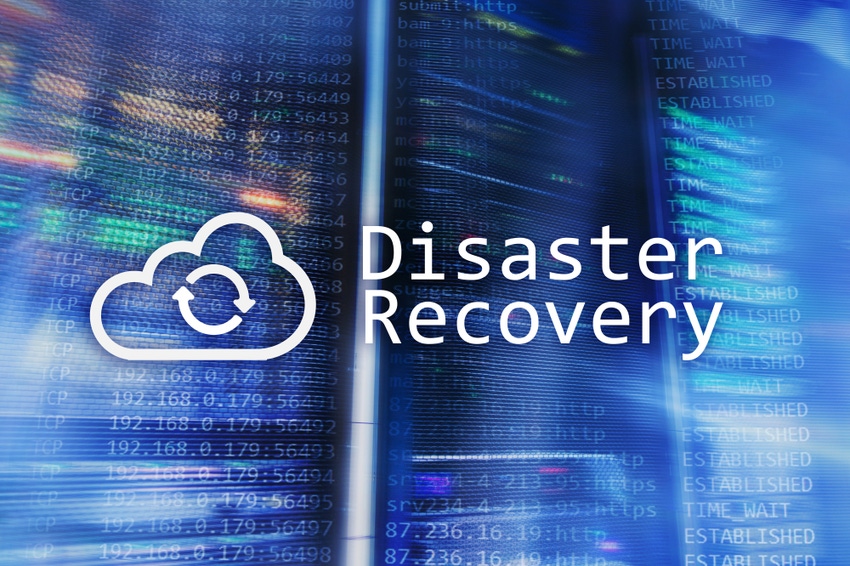It was a strong quarter for the IT provider.
May 10, 2023

N-able just reported first-quarter revenue just shy of $100 million, a 10% year-over-year increase, and profit of $3.5 million. The developer of remote monitoring and management tools also added Standby Image recovery in Microsoft Azure to the continuity features in its Cove Data Protection BDR and archiving tool.
“For the first-quarter 2023 we exceeded both our revenue and adjusted EBITDA outlook, which we believe reflects the overall value of our platform, our strategy aimed at capturing the long-term secular trend of SME IT spending and managed services growth, and our disciplined cost management,” said Tim O’Brien, N-able CFO and executive vice president.
For the next quarter, N-able expects revenue between $102.5 and $103 million, representing 12% YOY growth, and adjusted EBITDA between $32.0 and $32.5 million, representing about 31.5% of total revenue.
By the end of this year, N-able predicts revenue between $414 million and $417 million. That would be 12.5% year-over-year growth.
Standby Image Recovery in Microsoft Azure

N-able’s Chris Groot
In other company news, the Standby Image recovery feature aims to deliver faster disaster recovery as a service (DRaaS), including recovery in Microsoft Azure. Cove is built to help MSPs decrease the time, cost and effectiveness of data protection and ransomware readiness. With Azure support, Standby Image now offers more recovery location flexibility, including to onsite devices, a secondary location, and the Azure cloud.
“Azure and Cove offer a smarter way to solve the issue of failing over to the cloud,” said Chris Groot, general manager of N-able’s Cove Data Protection. “It’s free to send data into an Azure tenant, and you only pay for Azure compute when you boot up the virtual machine. In the case of an outage, Azure gives you full control over compute resources, and the cost of running in Azure during an outage is more affordable than buying and maintaining an expensive backup and disaster recovery appliance you may never use. You can also continue to run your VM in Azure, if you choose, as part of a larger cloud-first IT strategy.”
Want to contact the author directly about this story? Have ideas for a follow-up article? Email Jeff O’Heir or connect with him on LinkedIn. |
Read more about:
MSPsAbout the Author(s)
You May Also Like


